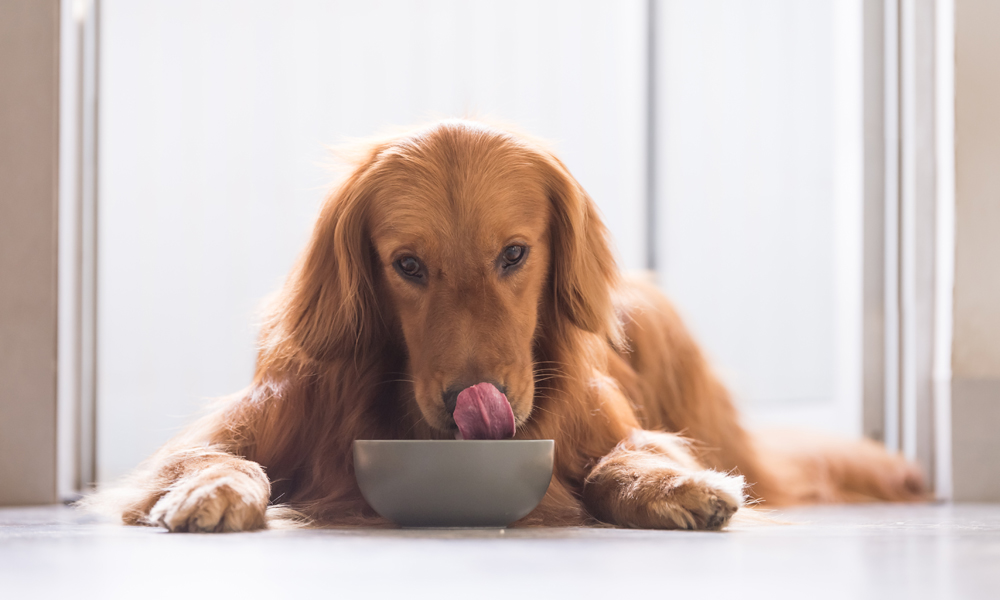If you’re confused about whether dogs should get wholesome grains in their bowl, you’re not alone. Is grain-free dog food really better than grain inclusive? What should you feed your dog? The short answer: Provide both. By offering both grain-inclusive and grain-free diets, your dog receives a fuller spectrum of nutrients that only a variety of carbohydrate sources can supply. For optimal health, trade off between grain-free and grain-inclusive as part of your pet’s rotational feeding plan.
Which is healthier? Grain-inclusive or grain-free dog food?
We all want the best nutrition for our dogs so they can live life to their fullest, happiest and healthiest. One of the central debates is whether grain-free diets are healthier than grain-inclusive diets.
Both feature ingredients that are important sources of carbohydrates, which provide the fuel dogs need for their daily activities. The body converts carbs into glucose, providing energy for cells, tissues and organs, including the brain. Each carbohydrate source, whether it comes from a whole grain or a legume, has a unique profile of nutrients that benefit your dog’s health.
There’s no need to choose sides in the grain vs. grain-free debate. Focus on fueling your dog with good energy. You can achieve that by going for the varied route for their sources of carbs and proteins by practicing Full Circle Feeding.
CTA: Explore Grain-Inclusive and Grain-Free Options from NutriSource!
Grain-free dog food
Grain-free dog food features peas, lentils, sweet potatoes and chickpeas and other legumes, to provide healthy ingredient alternatives to the grains found in other diets. Some pet parents find grain-free diets preferable to grain-inclusive because they love the results — easy to digest and a great remedy to grain-related stomach upset. But are they better? We’ll examine the pros and cons.
Helps dogs with ingredient sensitivities
Many pet parents make the switch when their dog appears to become intolerant of whole grains. Because the tummy symptoms clear up shortly after starting a grain-free diet, it appears to be working so they stick with grain-free formulas.
Highly digestible
The legumes and potatoes found in grain-free diets are very gentle on the digestive tract, plus high-grain diets tend to be higher in protein content. If your dog has been suffering from gastrointestinal upset, grain-free food aids in their recovery and helps their system reset.
Less optimal for weight control
Many parents believe grain free equals low carb, making these a good weight management product, but that is not necessarily the case. Grain-free diets have a higher ratio of proteins, which adds to the calorie count and leads to weight gain for less active pets. The legumes and potatoes used in grain free have less fiber than whole-grain sources, which can be less filling to your pup. For older and less active pets, a higher fiber diet would be more effective than grain-free.
Nutritional imbalance
By swearing off all grains, your dog forgoes some of the nutrients that are critical for heart health, and deprives them of the variety of amino acids, fiber and vitamins their body needs to be healthy.
Grain-inclusive dog food
Grain-inclusive foods have much to offer your pet, especially when they’re offered as a healthy balance to high-quality proteins. Health-conscious pet parents look for whole grains on the label, such as oats, barley, wheat, rye and brown rice, because these are chock full of fiber, vitamins, proteins, antioxidants and minerals. What are the upsides and downsides of grains? Let’s explore.
Heart-healthy
Going for a diet that includes whole grains — particularly when you rotate in a variety — provides many long-term health benefits for canines, such as a reduced risk of heart disease, kidney disease and high cholesterol, while also helping your dog maintain healthy blood sugar levels.
Cost-effective
Budget-conscious pet parents find that grain-inclusive diets are easier on the wallet than their grain-free counterparts.
Great source of fiber
The high fiber content in whole grains keeps your dog’s system regular, and contributes to their overall gut health, which helps them better utilize their food and receive the full nutritional value of their dinner.
Prevalence of corn filler
Grains provide an affordable nutrition for pets, but it’s also important to be attentive to the list of ingredients on the bag. Steer clear of fillers like corn and refined grains like white rice, because these lack the protein and fiber content found in whole grains, which can contribute to your pet’s weight gain.
Warding off sensitivities and intolerances
Overconsumption of corn or an overreliance on any one grain can eventually lead to stomach upset along with other markers of ingredient intolerances. This comes from feeding the exact same food, year in and year out, leading pet parents to the mistaken belief that grain-free dog food is healthier for their pet.
CTA: Find grain-inclusive food from an independent pet retailer near you
Rotate grain-inclusive and grain-free dog food
Consider the variety of carbohydrate sources you’ll find in grain-inclusive dog food and grain-free dog food. Each ingredient, whether it’s a whole grain, a pea, a bean, a legume or a potato, introduces a unique slate of nutritional benefits to your dog, bringing something of value to the table — or should we say to the dinner bowl?
To achieve the all-around health benefits your dog deserves, take the same approach to carbs as you would to proteins, and alternate between grain-inclusive and grain-free diets.
To put Full Circle Feeding into practice, go for a variety of carbohydrate sources. What does this look like? Instead of sticking to your brown rice mainstay, widen the scope to nature’s bounty of foods. Proteins that are paired with quinoa, oats, lentils, barley, sweet potatoes, peas and rye introduce new nutrient-dense options that enrich the health and wellness of your pooch.
NutriSource removes the guesswork from Full Circle Feeding. Only NutriSource has Good 4 Life, a proprietary blend of probiotics, prebiotics and the minerals that bolster gut health, so your dog can transition from poultry to beef, from whole grains to grain free, with zero tummy issues — only tail-wagging satisfaction from a delicious meal.


